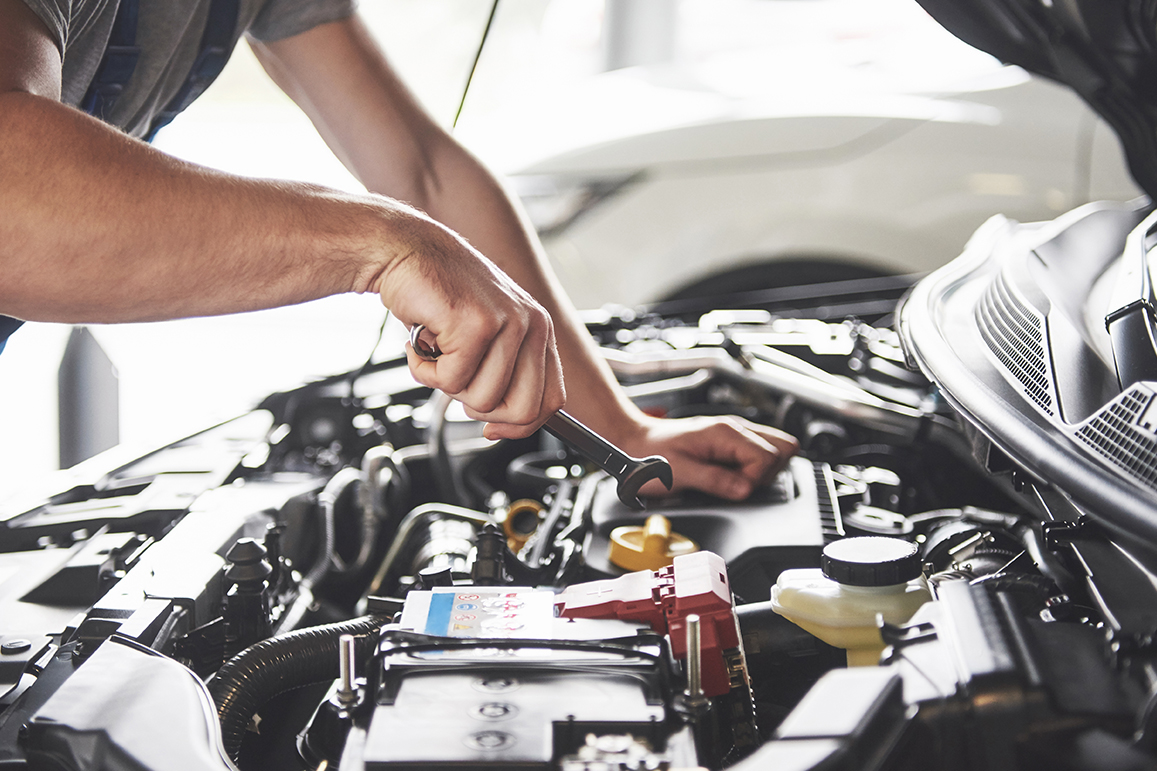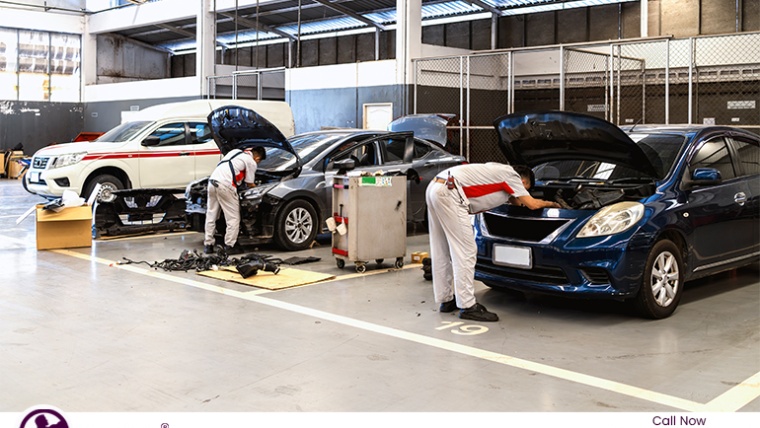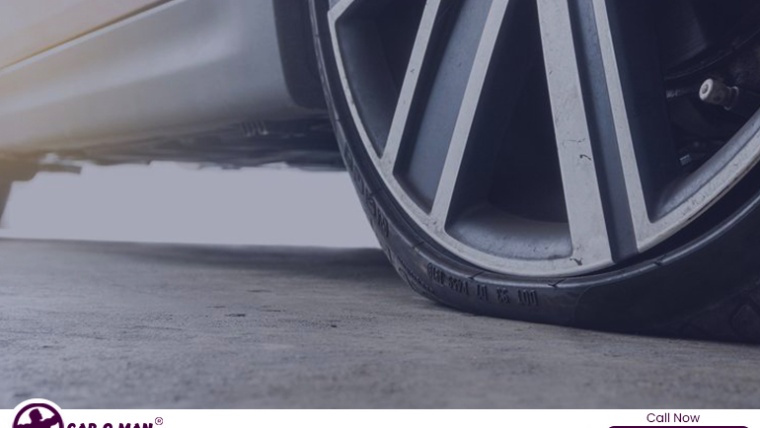Every car owner wants to keep their vehicle reliable, safe, and budget-friendly. Yet the world of car maintenance can feel overwhelming. The truth is, you don’t need to treat your car like a full-time project. There are a few essential maintenance tasks that provide the biggest health benefits for your vehicle, your safety, and your wallet. Whether you’re visiting the best car service in Hyderabad or maintaining an older vehicle, here’s a practical guide to the basics, why they matter, and how to stay on top of them.
1) Regular Oil and Filter Changes:
Oil is the lifeblood of your engine. It lubricates moving parts, reduces friction, and helps cool components that heat up during operation. Over time, oil breaks down and becomes dirty, which can lead to increased engine wear or even failure. Most manufacturers recommend changing the oil every 3,000 to 7,500 miles (or as specified in your owner’s manual), depending on the type of oil and driving conditions.
- Why it matters: Fresh oil keeps engine parts moving smoothly, improves fuel efficiency, and reduces emissions.
- What to do: Check the oil level monthly and follow the vehicle’s maintenance schedule for oil and filter changes. A trusted luxury car repair service can ensure premium vehicles receive the right oil type and filter.
2) Tire Care: Pressure, Tread, and Rotation:
Tires are the only contact your car has with the road, so their condition directly affects safety and performance.
- Tire pressure: Park on a level surface and check when tires are cold. Properly inflated tires improve fuel economy, handling, and braking. Under- or over-inflated tires wear unevenly and can be hazardous.
- Tread depth: Worn tires reduce grip, especially in rain or snow. Replace tires when tread is worn to the legal limit or if you notice bulges, cracks, or other damage.
- Rotation and balancing: Rotating tires (typically every 5,000 to 7,500 miles) promotes even wear, extending tire life and improving handling.
- Why it matters: Safe tires supply traction, braking performance, and stability in varying conditions.
- What to do: Check tire pressure monthly, inspect for uneven wear, and schedule rotations as recommended by the manufacturer.
3) Brake System Inspection:
Brakes are non-negotiable for safety. Most vehicles have wear indicators, but you should not rely on them alone. Regular brake inspections catch worn pads, damaged rotors, and fluid leaks before they become costly problems or safety hazards.
- Brake pads and rotors: Pads wear down over time; rotors can warp from heat. If you hear squealing, grinding, or notice a change in braking feel, have them checked promptly.
- Brake fluid: This fluid attracts moisture over time, reducing braking efficiency and potentially causing corrosion.
- Why it matters: Reliable brakes stop you reliably in emergencies, wet weather, and heavy traffic.
- What to do: Schedule a brake inspection at least once a year or sooner if you notice decreased braking performance or unusual noises.
4) Battery Health and Electrical System:
A reliable battery prevents roadside surprises. Corrosion, age, and parasitic draws can reduce starting performance.
- Battery check: Look for corrosion on terminals, ensure secure connections, and test the charge if the car struggles to start.
- Electrical components: Lights, wipers, and fuses should operate correctly. Faulty electricals can mask bigger problems or compromise safety.
- Why it matters: A healthy battery keeps your car starting reliably and supports electronics like your alternator, infotainment, and climate controls.
- What to do: Have the battery tested if it’s more than a few years old, and replace it as recommended by your mechanic or the manufacturer’s guidelines.
5) Fluid Levels and System Health:
Beyond oil, several other fluids maintain essential vehicle functions. Keeping them at proper levels helps prevent overheating, corrosion, and component wear.
- Coolant/antifreeze: Maintains engine temperature and protects against freezing and boiling.
- Transmission fluid: Lubricates gears and helps with smooth shifting. Some vehicles are “lifetime” transmission fluids, but many benefit from a drain-and-fill service on a schedule.
- Brake fluid: Hydrophilic (absorbs moisture) and can reduce braking performance if contaminated.
- Power steering fluid (if applicable): Keeps steering effort consistent and responsive.
- Why it matters: Proper fluid levels protect critical components and support consistent performance.
- What to do: Check levels per the owner’s manual and schedule professional flushes or top-offs as recommended.
6) Air Filter Maintenance:
The air entering your engine and your cabin matters for performance and comfort.
- Engine air filter: A clogged filter reduces power and efficiency. It’s usually a simple, inexpensive replacement.
- Cabin air filters: Clean air inside the cabin improves comfort and can help those with allergies.
- Why it matters: Clean filters improve efficiency, power, and air quality.
- What to do: Inspect and replace the engine air filter every 12,000 to 15,000 miles (or as advised), and replace cabin filters as needed.
7) Wipers, Lights, and Visibility:
Visibility is crucial for safety, and many visibility-related issues are quick fixes.
- Wiper blades: Replace when streaking or squeaking. Keep an extra blade on hand for sudden wear.
- Exterior and interior lights: Check headlights, taillights, brake lights, and indicators. Replace burnt-out bulbs promptly.
- Windshield integrity: Small chips can become large cracks; fix chips early to avoid expensive replacements.
- Why it matters: Clear visibility reduces risk in all weather and lighting conditions.
- What to do: Do quick monthly checks and replace as needed.
8) Exterior Care and Corrosion Prevention:
Protecting your car’s body helps maintain resale value and longevity.
- Washing and waxing: Regular washing removes dirt and salts that cause corrosion. Waxing provides a protective layer.
- Underbody checks: Look for rust, damaged shielding, or fluid leaks during routine washes and inspections.
- Why it matters: Prevents corrosion and maintains resale value, especially important if considering old car restoration in Hyderabad.
- What to do: Schedule a wash every two weeks in winter or salty environments, plus periodic waxing.
9) The Big One: Following Manufacturer Guidelines:
Every car is different. The best maintenance plan aligns with your vehicle’s owner’s manual, which includes service intervals tailored to your model, engine type, and driving conditions.
- Why it matters: Manufacturer guidance reflects the design, lubrication needs, and component life of your specific vehicle.
- What to do: Keep a maintenance log, set reminders, and work with a trusted mechanic who understands your make and model.
Practical tips for staying on track:
- Create a simple maintenance calendar: Mark oil changes, tire rotations, and inspections. Visual reminders help you stay consistent.
- Prioritize safety-related services: Brakes, tires, battery, and lights should be non-negotiables.
- Budget for maintenance: Set aside a monthly amount for routine service; it reduces the sting of unexpected repairs.
- Use genuine or approved parts: For reliability and to maintain warranty coverage, use manufacturer-recommended parts when possible.
Bottom line:
Your car doesn’t demand every imaginable service at once, but neglecting the essentials can lead to higher costs and bigger headaches down the road. By focusing on core areas—engine lubrication, tires, brakes, battery and electricals, fluids, filters, visibility, and manufacturer-recommended intervals—you keep your vehicle safer, more efficient, and more dependable. A little proactive upkeep today pays dividends in reliability, resale value, and peace of mind tomorrow.
Conclusion:
Your car will thank you with fewer surprises, better performance, and longer life when you stick to the essentials and stay ahead of wear and tear. If you’d like, I can tailor this to a specific car make and model, or convert it into a printable checklist for your readers. I can also add headings, subheadings, or a call-to-action to suit your blog’s style.


